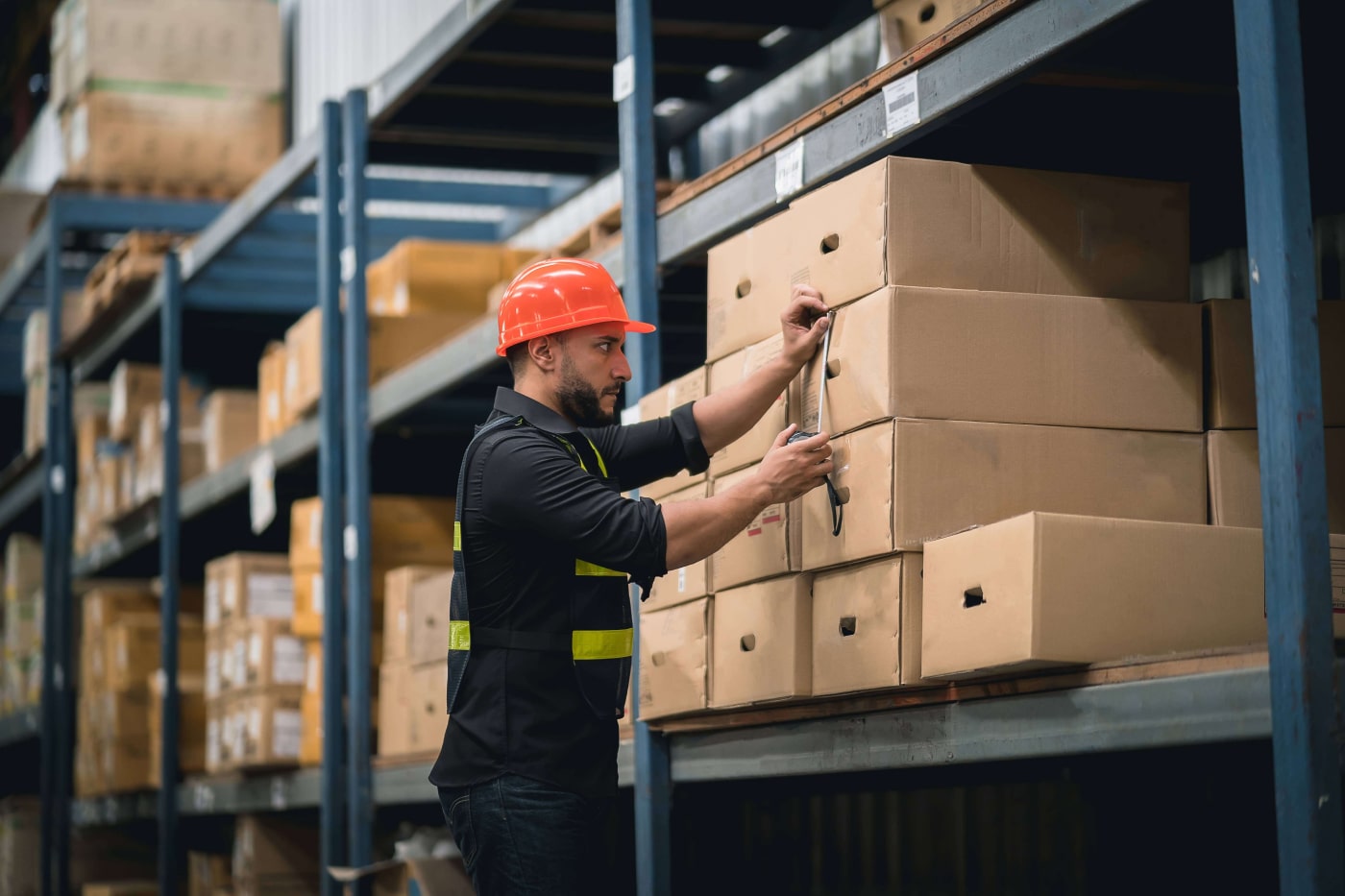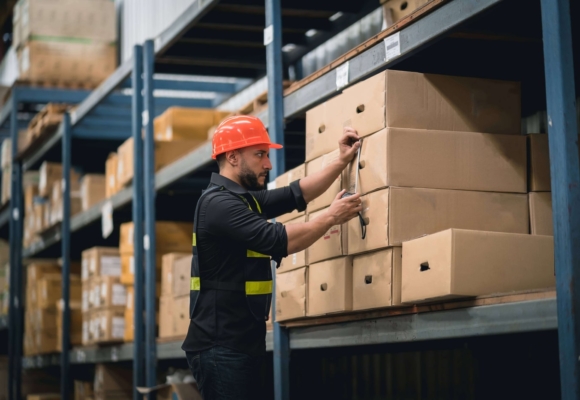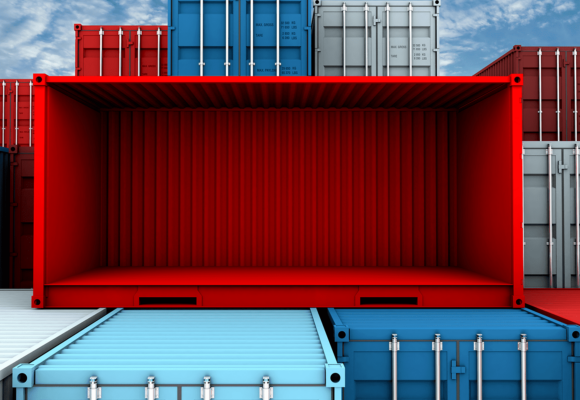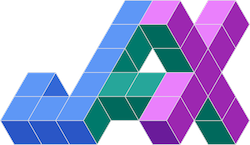Automated and accurate Dimension Measurement: key for Effective Load Planning
April 13, 2023

April 13, 2023
As described in our first blog post from July 20, 2022, “Cargo load optimization is the process of consolidating multiple shipments and/or arranging freight to use the capacity of trucks, railcars, pallets, and any other types of containers in the most efficient way”. A critical requirement for providing an optimal load plan is providing accurate information on the load, i.e., product dimensions and weights. The dimensions include the height, width, and length in the case of a box, otherwise, the length and diameter in the case of a cylinder.
Wrong measurements can come from multiple sources, but most commonly due to human error or equipment malfunction – perhaps the package was an awkward or irregular shape, making it hard to measure accurately. In other cases, packages come placed on top of pallets, and others have non-uniform shapes, all instances that make it difficult to get the correct dimensions. Less commonly, yet still an issue, are intentional misrepresentations. Shippers can deliberately provide incorrect weights or dimensions to save on shipping costs.
The efficiency of the load plan depends on the accuracy of the data given. If the client provides incorrect or inaccurate data, the resulting load plan will consequently be inaccurate. This will force the operator to constantly rearrange the cargo and waste time and money. More critically, this may also result in damaging the goods.
Looking beyond time-consuming manual solutions, Computer vision (CV) provides strong potential for solving this problem. Remarkable strides have been made in the field, allowing it to provide accurate results in a very limited time.
InstaDeep developed a computer vision-based software that enables logistics companies to measure the dimensions of their cargo with high precision. Such a tool can go a long way in addressing the problem of inaccurate measurements.
This application can be used separately to provide an efficient method for measuring product dimensions. It integrates and communicates effortlessly with any TMS, ERP, or WMS solution via our API integration capability, allowing for a fully automated end-to-end process.
The tool can also be integrated with DeepPack. When used together, these solutions allow users to generate data on their cargo dimensions, optimize the available space in the container, and determine the optimal placement of each item to match the recommended load plan.
Furthermore, the camera can scan the barcode on the box and associate the measured box with the original item on the database, determining the constraints related to it, streamlining the process for the user, and avoiding having to make any further manual changes.

The combination of DeepPack and the dimension measurement tool addresses several crucial challenges in logistics. First, it streamlines the laborious and time-consuming task of manually measuring and recording the cargo’s dimensions. Second, it enhances packing efficiency, enabling logistics companies to optimize their resource utilization and in turn, reduce operating expenses.
This application is now available on demand. If you are curious to know more about our dimension measurement tool to enhance your operations, you can get in touch at hello@deeppack.ai. The DeepPack team will also be attending the Transport Logistic 2023 in Munich and will demo DeePack alongside its automated object recognition and measurement at the fair. We look forward to seeing you there if you are attending too!
We also welcome you to join the DeepPack free trial here.









Share this article